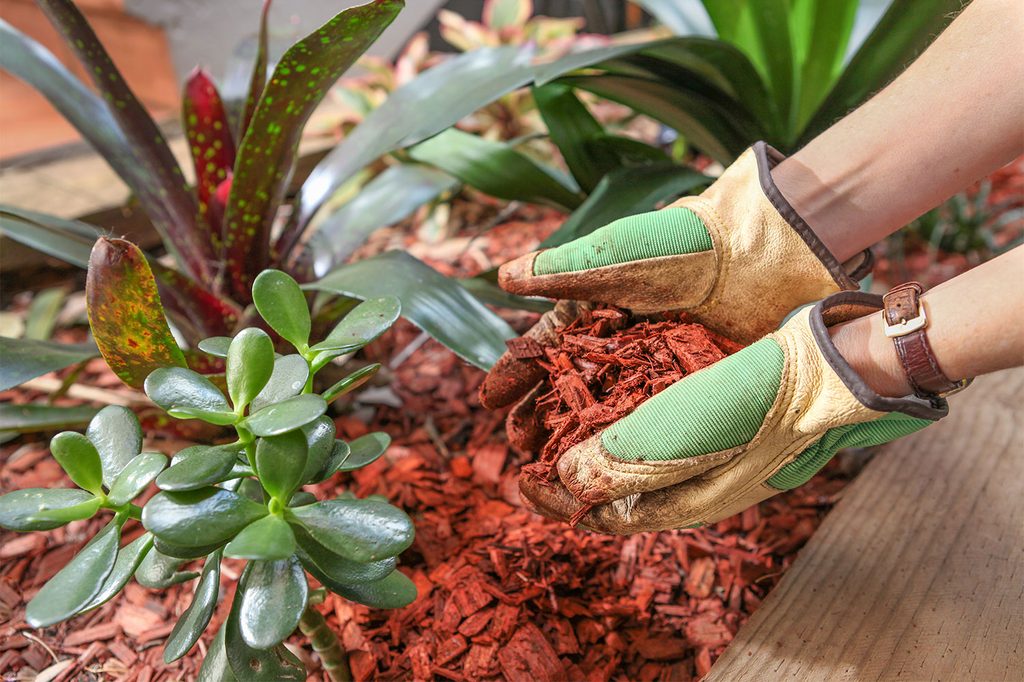
Mulch is a useful garden tool. It can keep your plants warm in the winter, increase water retention, and suppress weeds. For such a simple tool, there are a lot of different types of mulch to choose from. If you’re not sure which type of mulch to choose, then we’re here to help. This guide will help you choose the best mulch for your garden based on what your plants need. We’ll also mention a few types of mulch you should avoid, so you can choose your mulch with confidence.
Leaf mulch
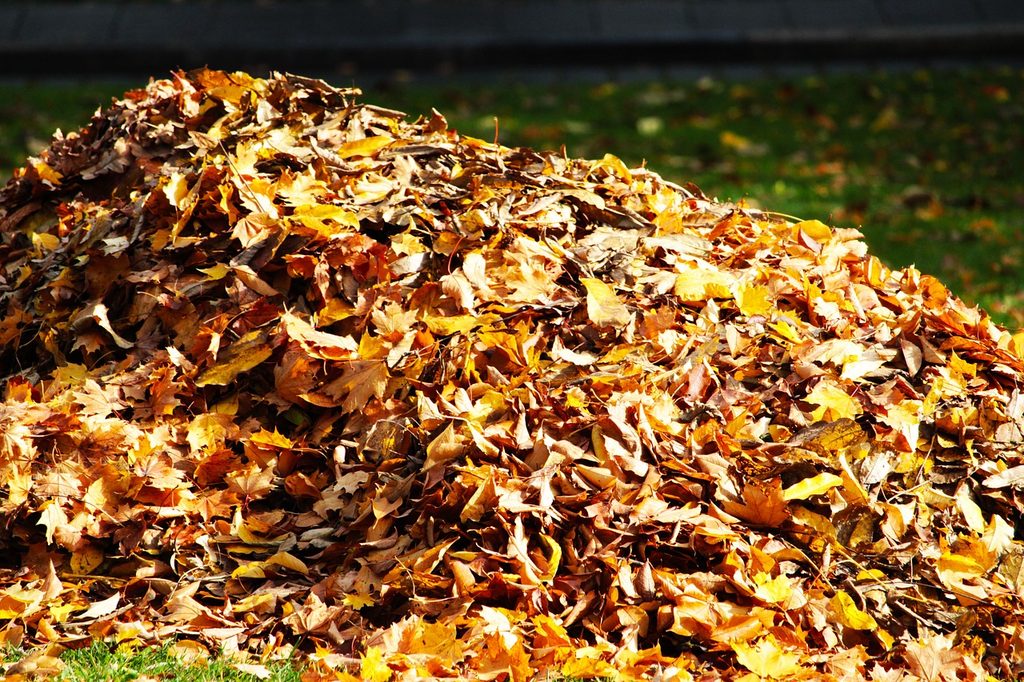
Leaf mulch is made from fallen leaves, which are shredded and layered around plants. It gives your plants all the basic benefits of mulch, with a few extras as a bonus! Leaf mulch breaks down over time, adding nutrients to your soil as it does so. Leaf mulch is also easy to make at home if you have trees in your yard, making it more convenient than other mulches.
However, there are a few drawbacks. If you don’t have trees, collecting leaves for mulch can be tedious. If the leaves have any sort of pest or disease, you also risk spreading that to your garden. As it breaks down, leaf mulch needs to be replaced more often than other mulches, and it is more likely to be blown away by high winds or storms than other mulches as well.
Wood chips
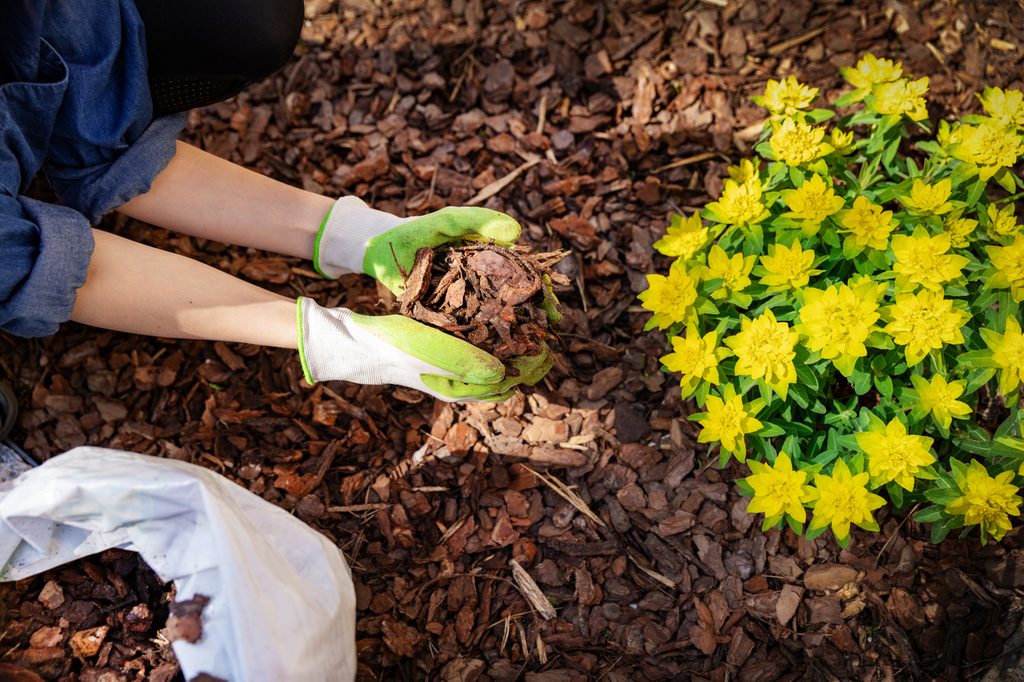
Wood chip mulch can be made of most types of wood, but the most common and popular mulches are hardwood mixes or cedar. Hardwood mulch is often oak, maple, and hickory, either combined or on their own, although these wood mixes can contain wood from other trees. Wood chips are particularly good at water retention and weed suppression, and cedar mulch is said to repel certain pests. While you can make your own mulch from trees on your property with the proper time and equipment, it’s usually easier to get store-made mulch. As the wood breaks down, it can make the soil more acidic, which may be a benefit or a drawback, depending on your plants.
You may also hear people suggest that wood chip mulch removes nitrogen from the soil, but this isn’t entirely true. Some nitrogen from the soil is used when the wood chips break down, but the nitrogen leave the soil. It’s released back into the soil after the wood decomposes, along with the nitrogen in the wood itself. So there’ll be a slight dip in nitrogen, followed by a surge. Unless you have a significant amount of wood chips mixed into the soil or your soil is already extremely low in nitrogen, the dip shouldn’t affect your plants much, if at all.
Pine needles
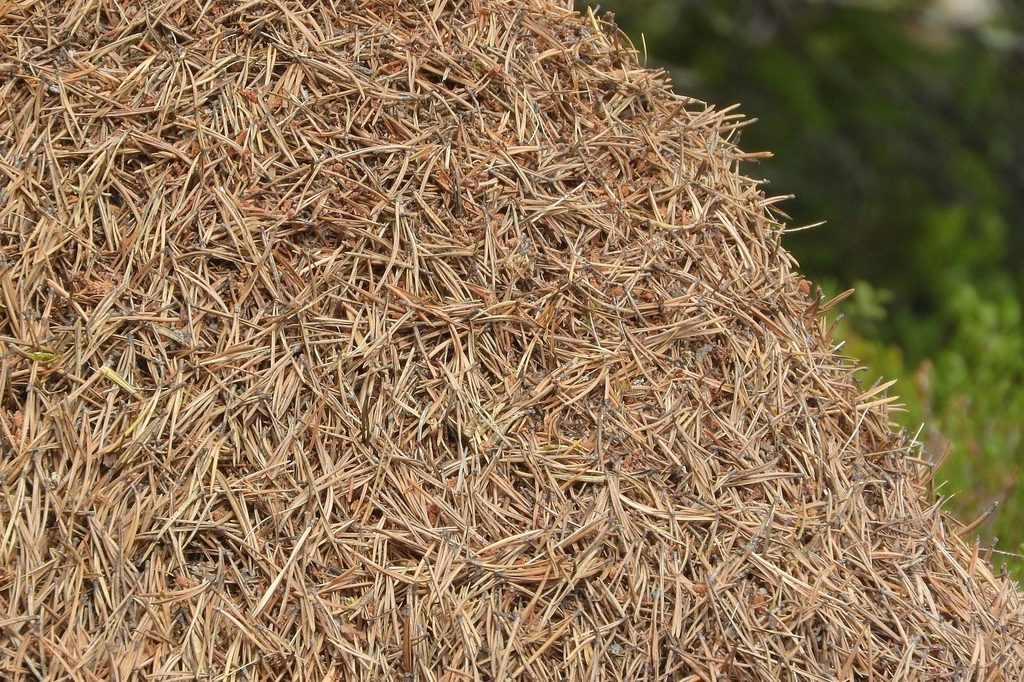
Pine needle mulch, also called pinestraw, is similar to leaf mulch in that it’s easy to make at home, provided you have the right trees. It is relatively lightweight and great for both weed suppression and water retention. Pine needle mulch is also effective for keeping your plants warm during winter. As the pine needles break down, they will add nutrients to the soil, which is good news for your plants.
They can also make the soil slightly more acidic. Unless you’re actively mixing the pine needles into your soil, the added acidity shouldn’t be enough to damage plants. Some plants that are particularly sensitive to soil pH may feel the effects, and plants that enjoy acidic soil will appreciate the boost.
Mulch types to avoid
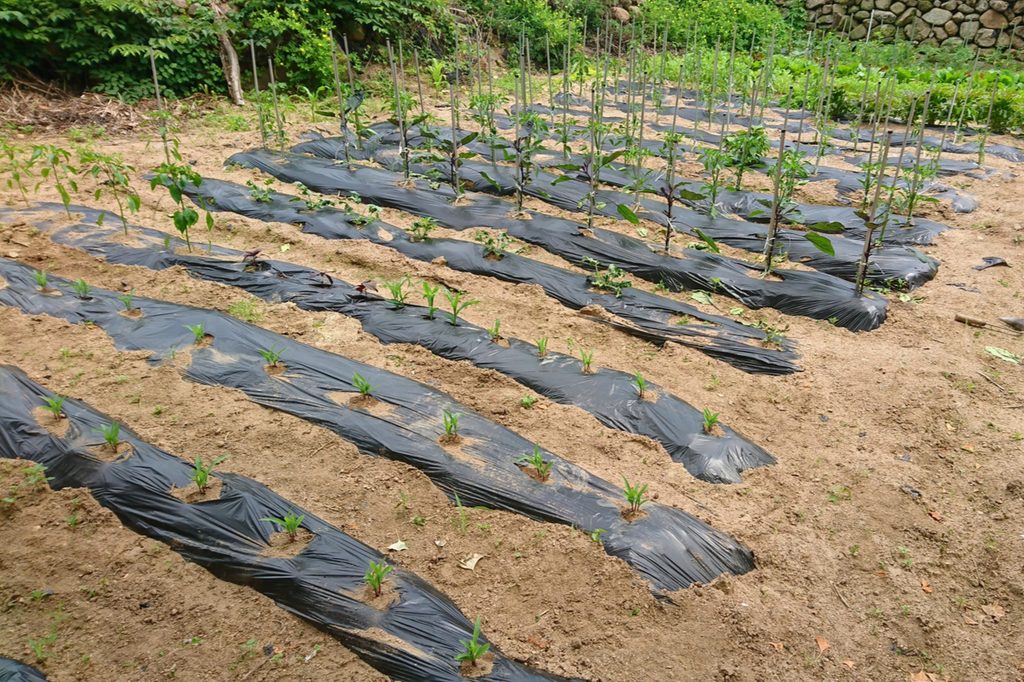
Now that we’ve covered the best mulch types, let’s look at the ones you should avoid. Plastic and rubber mulches are generally effective at suppressing weeds and insulating the soil, but there are serious drawbacks. Plastic mulch typically comes in sheets, which can block water and fertilizer from reaching the soil.
Since they aren’t biodegradable, you also run the risk of pieces of plastic or rubber escaping your garden and becoming pollution. Small pieces of plastic and rubber are choking hazards for animals, and as they degrade over time, as chemicals and microplastics can be released into the ground and water. Cleaning them up is also more difficult for the same reason. Biodegradable mulches can be mixed into the soil once they’re no longer needed, but plastic and rubber will need to be carefully removed.
Every garden is different, and whether something is the best is subjective, but these three mulch types are effective and beneficial. One of them is almost certain to be a good fit for your plants. Avoiding plastic and rubber mulch is a good idea, as the drawbacks outweigh the benefits, especially when there are so many other options to choose from! No matter what kind of mulch you choose, your plants will surely appreciate the benefits.


